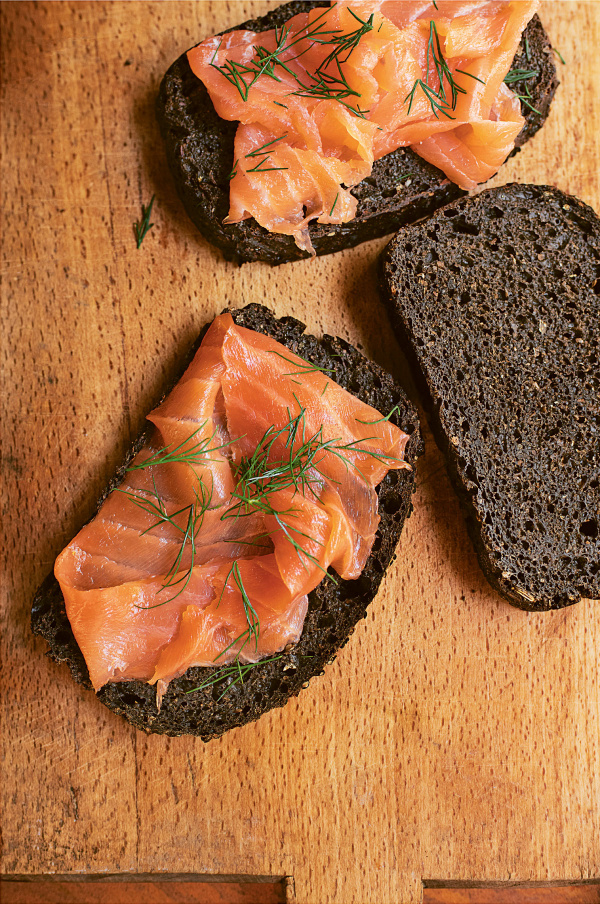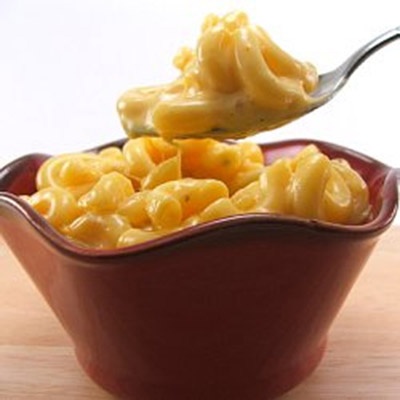Can You Substitute Fresh Yeast For Dry Yeast In A Recipe?
Asked by kayw. Answered on 3rd September 2010
Full question
Sometimes a bread recipe states dried yeast, sometimes it states fresh yeast - whatever the case, I always have the wrong kind in stock! Do you know of a conversion from one to the other? Thanks!
Our answer
There are 3 types of yeast commonly available, fresh yeast which comes in solid 'cake' form, active dry yeast and fast-acting or instant yeast (rapid rise). Fresh yeast will only last a couple of days in the fridge but can be frozen for up to 3 months (defrost before using and increase quantities slightly). Active dry and instant yeast can be stored in a cool dry place until the 'best before' date on the packaging. Fresh yeast and active dry yeast granules need to be dissolved in some warm liquid along with a little sugar or honey to get them working and should be left to stand for 5 to 10 minutes, until bubbles start to form on the surface of the yeast mixture, before adding to the other bread ingredients Instant yeast comes in the form of very fine granules so can just be added directly to the bread flour and mixed in along with the other ingredients.
You can substitute one type of yeast for another but the quantities need adjusting. For dry active yeast you generally need to use half the quantity of fresh yeast stated in the recipe and for instant yeast you need to use 1/4 of the quantity of fresh yeast. So if the recipe has 30g (1 ounce) fresh yeast then you can use 15g (1/2 ounce) active dry yeast or 7g (1/4 ounce) instant yeast instead. Most of the yeast packages give basic guides as to how much yeast you need to add to certain quantities of flour but if your recipe contains a lot of salt, egg, butter or other fats then you will need to use slightly more yeast, or allow a longer time for rising, as these will tend to slow down the action of the yeast.






Tell us what you think
Thank you {% member.data['first-name'] %}.
Explore more questionsYour comment has been submitted.